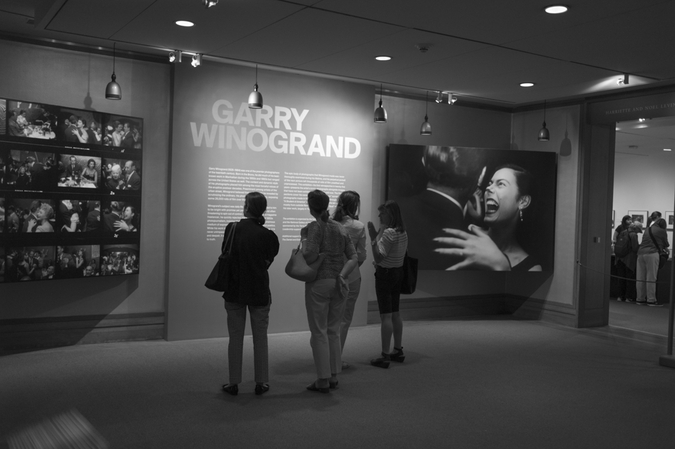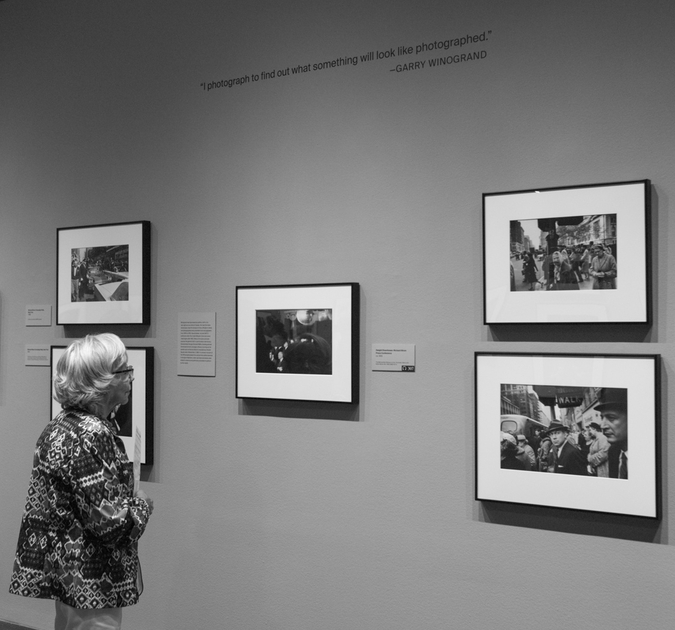telenous
Well-known
In a paper of his about Robert Adams, Tod Papageorge recounts the story where Winogrand was asked in a public forum on how many photographs he had to take to make a good one. With typical wit, Winogrand said 'art isn't judged in terms of industrial efficiency'. (I know the quote has been brought up before in this board but it bears repeating.)
The linked article was very good though. The view in particular that an artistic failure can be interesting too certainly invites thought but I think it can only be made cogent in case that failure is somehow rooted in earlier success. In a sense we care about Winogrand's later photography (the good photos -- and there are a few of them-- and the bad ones) and we valorize his output during that period because we know who Winogrand was and what he did.
Last, I am envious of you who visited the SF exhibition. I will have to make do with the book for now but hopefully I'll be able to visit it when it travels later to Paris or Madrid.
.
The linked article was very good though. The view in particular that an artistic failure can be interesting too certainly invites thought but I think it can only be made cogent in case that failure is somehow rooted in earlier success. In a sense we care about Winogrand's later photography (the good photos -- and there are a few of them-- and the bad ones) and we valorize his output during that period because we know who Winogrand was and what he did.
Last, I am envious of you who visited the SF exhibition. I will have to make do with the book for now but hopefully I'll be able to visit it when it travels later to Paris or Madrid.
.






